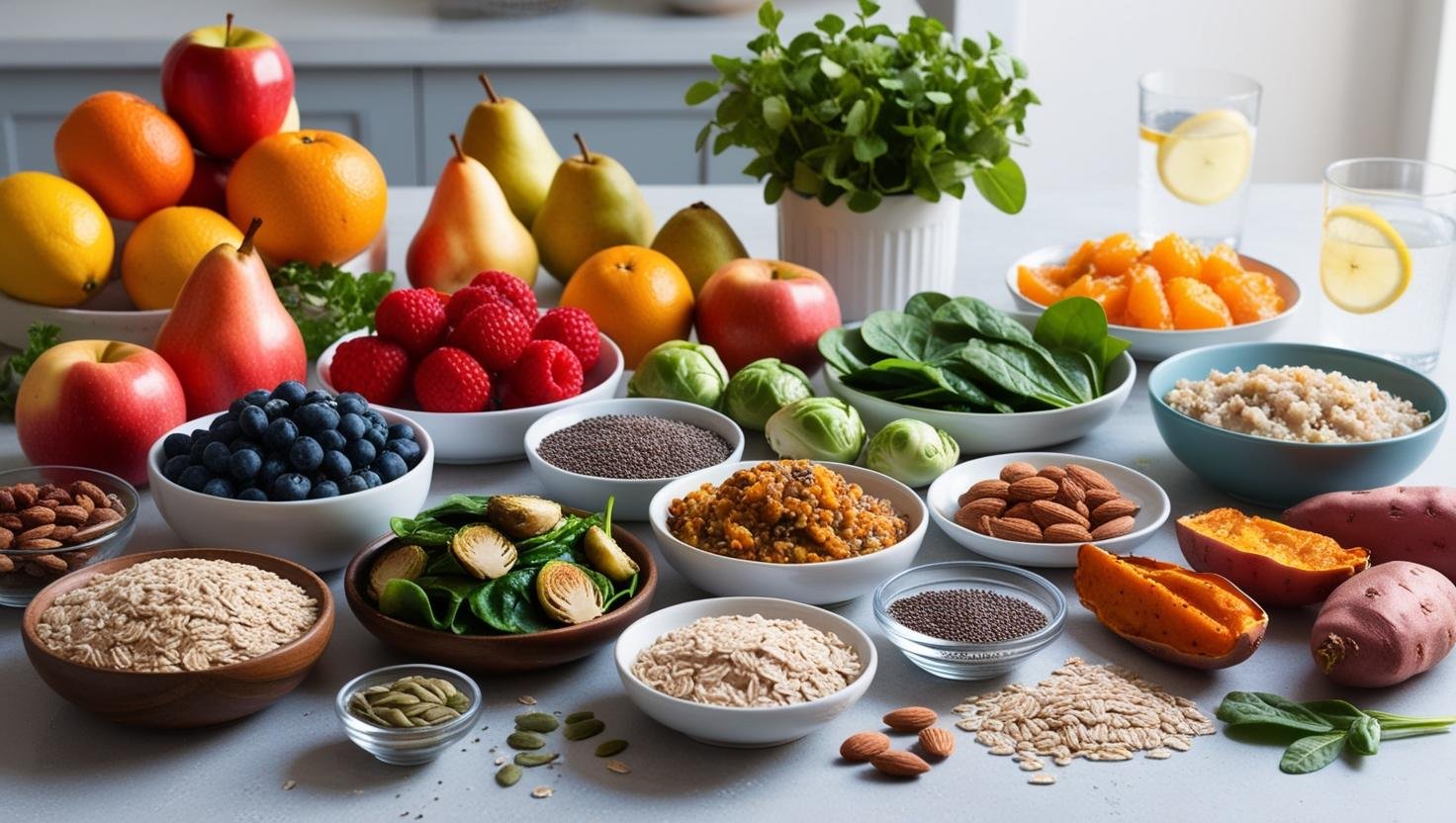Table of Contents
Top 21 Soluble Fiber Foods for Better Digestion and Gut Health
In today’s health-focused world, understanding the benefits of soluble fiber foods is crucial for supporting digestive health and overall wellness. Soluble fiber stands out for its impressive health advantages, including improved digestion, better gut health, and effective cholesterol management. By incorporating more soluble fiber foods into your diet, you can enhance your well-being and prevent common digestive issues.
What is Soluble Fiber?
Soluble fiber is a type of dietary fiber that dissolves in water, forming a gel-like substance in the digestive tract. This unique characteristic allows it to interact with other nutrients and play several crucial roles in maintaining health.
Types of Soluble Fiber
Different types of soluble fiber are found in various foods, each offering unique health benefits. Here are some common types of soluble fiber in foods:
- Pectin: Predominantly found in fruits, pectin is a type of soluble fiber that’s often used as a thickening agent in jams and jellies, making fruits like apples and oranges great soluble fiber foods for gut health.
- Gums: Often extracted from plants, gums are used as food additives to enhance texture. Foods rich in gums are excellent sources of soluble fiber.
- Beta-glucans: Found primarily in oats and barley, beta-glucans are a specific type of soluble fiber known for their heart-health benefits, making these grains ideal soluble fiber foods.
- Inulin: Derived mainly from chicory root, inulin is a prebiotic fiber frequently added to foods to support digestive health and serve as a fiber source.
Benefits of Soluble Fiber Foods
Incorporating more soluble fiber foods into your meals offers significant health benefits:
- Supports Digestive Health: Soluble fiber foods help soften stools, alleviate constipation, and nourish beneficial gut bacteria.
- Helps Manage Blood Sugar Levels: Soluble fiber foods slow sugar absorption, helping maintain steady blood sugar, particularly useful for those managing diabetes.
- Lowers Cholesterol: Soluble fiber binds to cholesterol in the digestive system, potentially reducing LDL (bad) cholesterol levels.
- Promotes Satiety and Weight Management: Many soluble fiber foods prolong feelings of fullness, aiding in calorie control and weight management.
- Enhances Nutrient Absorption: By slowing digestion, soluble fiber foods allow for better absorption of essential nutrients.
| No. | Food | Description |
|---|---|---|
| 1 | Oats | Rich in beta-glucan, oats help reduce LDL cholesterol and regulate blood sugar. Great for heart health. |
| 2 | Barley | High in beta-glucan, supports digestive health, lowers cholesterol, and aids in blood sugar management. |
| 3 | Chia Seeds | Form a gel-like consistency in water, supporting digestion and prolonging satiety. |
| 4 | Flaxseeds | Contain soluble fiber and omega-3 fatty acids, reducing inflammation and benefiting heart health. |
| 5 | Beans (Kidney, Black, Pinto) | Packed with soluble fiber and protein, regulate blood sugar and support heart health. |
| 6 | Lentils | High in soluble fiber, protein, iron, and folate; excellent for heart and digestive health. |
| 7 | Apples | Contain pectin, feeding good bacteria and supporting gut health; also helps lower cholesterol. |
| 8 | Oranges | Rich in soluble fiber and vitamin C, promotes digestion and supports immune health. |
| 9 | Carrots | High in pectin, improves gut health and helps stabilize blood sugar. |
| 10 | Pears | Great source of pectin, promotes fullness and supports gut health. |
| 11 | Berries | High in antioxidants and soluble fiber, support heart health and aid digestion. |
| 12 | Psyllium Husk | A potent soluble fiber source, acts as a natural laxative and improves cholesterol levels. |
| 13 | Sweet Potatoes | Contains pectin, supports blood sugar control, and enhances digestive health. |
| 14 | Nuts (Almonds, Walnuts) | Moderate in soluble fiber, with healthy fats; great for heart and brain health. |
| 15 | Peas | Nutritious legume rich in fiber, supports blood sugar management and digestion. |
| 16 | Brussels Sprouts | High in soluble fiber and antioxidants, promote gut health and protect against oxidative stress. |
| 17 | Citrus Fruits | Rich in soluble fiber, especially in the pith; supports immune function and helps reduce cholesterol. |
| 18 | Avocado | Contains soluble fiber and healthy fats, improves digestion and supports heart health. |
| 19 | Whole Grains | Excellent sources of soluble fiber; support digestive health and stabilize blood sugar. |
| 20 | Kiwifruit | Rich in pectin, promotes regular bowel movements and digestive health. |
| 21 | Potatoes (with skin) | Provide soluble fiber with the skin on, promote satiety and gut health. |
How to Incorporate Soluble Fiber Foods into Your Diet
Adding soluble fiber foods to your diet can be easy and delicious. Here are a few practical tips to help you get started:
- Start Your Day with Oatmeal: Oats are one of the best-known soluble fiber foods, making them an ideal breakfast choice. A bowl of oatmeal not only provides a fiber boost but also keeps you feeling full for longer.
- Add Fruits to Your Meals: Fruits like apples, pears, and citrus are high in soluble fiber and can be included easily with any meal. These soluble fiber foods support digestion and offer essential vitamins.
- Incorporate Legumes: Beans and lentils are excellent sources of soluble fiber, protein, and essential minerals. Adding them to soups, salads, or stews will provide variety and increase your fiber intake.
Including these soluble fiber foods in your daily diet can lead to gradual yet substantial improvements in both digestion and overall wellness. Below, we explore some of the best soluble fiber foods and how each one can benefit your health.
Top 21 Soluble Fiber Foods
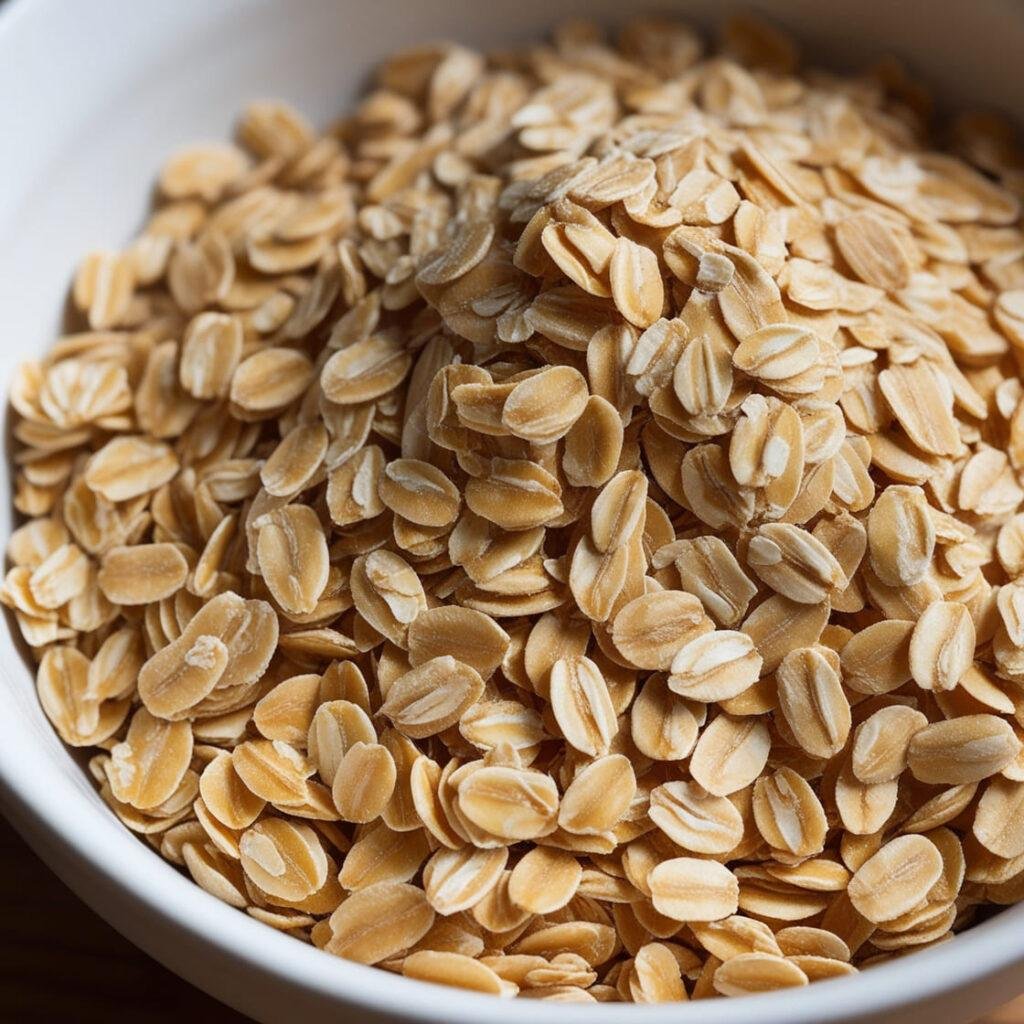
1. Oats
Oats are one of the richest sources of beta-glucan, a form of soluble fiber with impressive health benefits. Beta-glucans in oats help reduce LDL cholesterol, regulate blood sugar levels, and support heart health.
How to Incorporate: Enjoy oats as oatmeal for breakfast, add them to smoothies, or use oat flour for baking healthier goods.
2. Barley
Barley is a whole grain known for its high beta-glucan content, which aids in reducing cholesterol levels and promoting a healthy digestive system. It’s also a great choice for those looking to manage their blood sugar.
How to Incorporate: Use barley in soups, salads, or as a substitute for rice in various dishes.
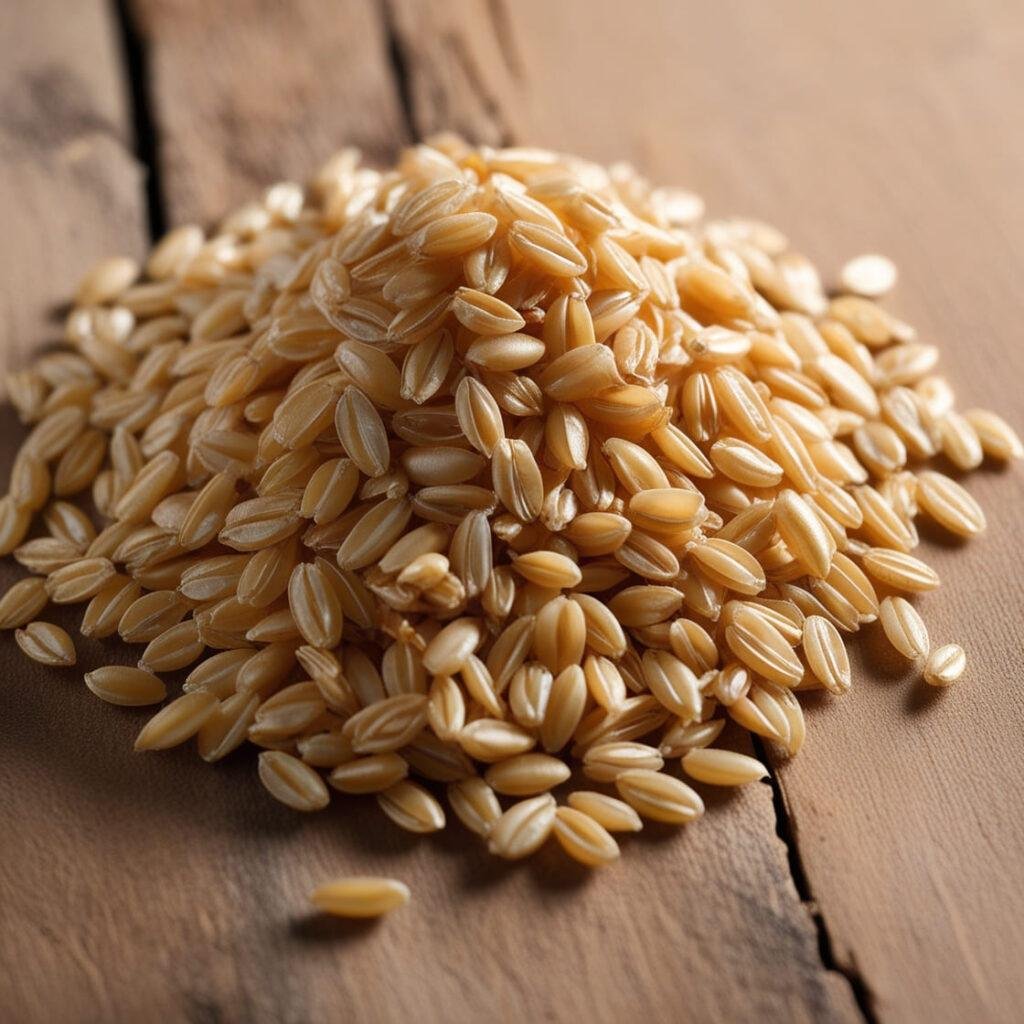
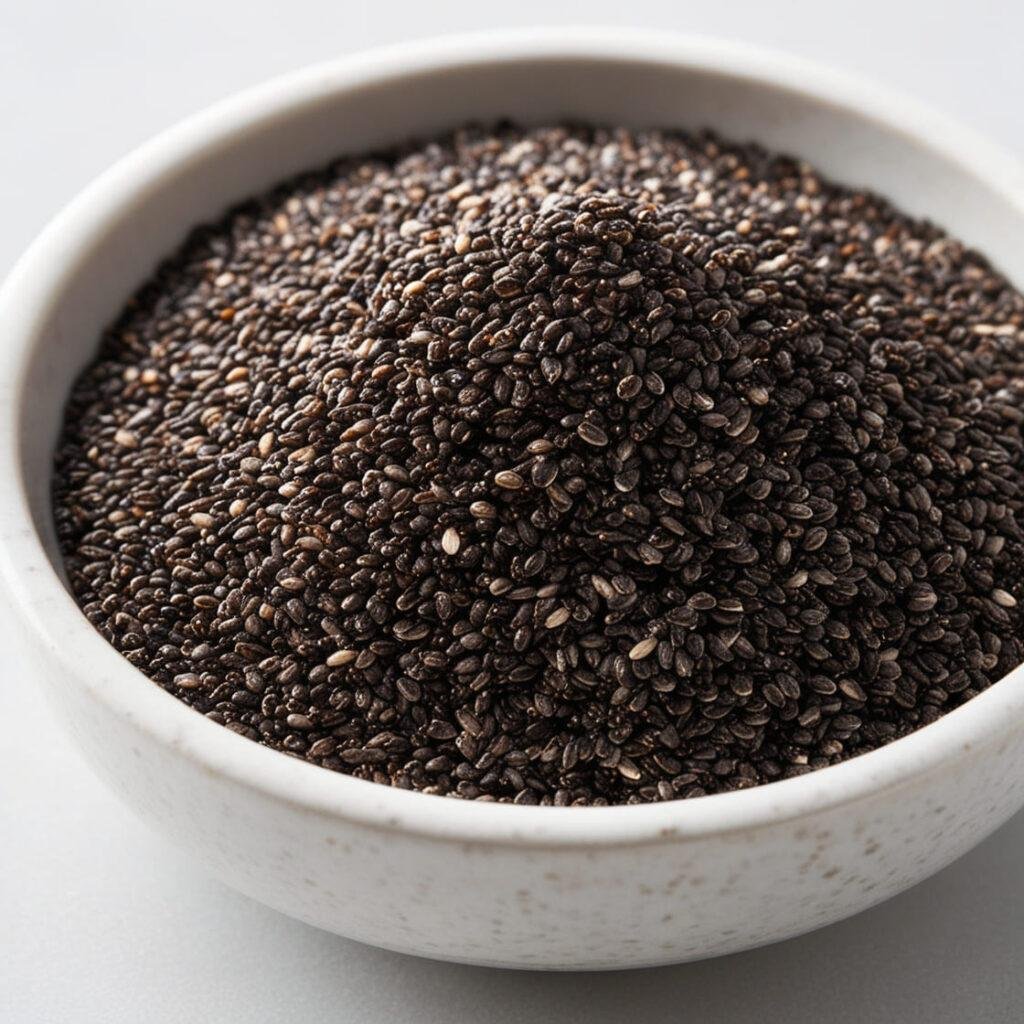
3. Chia Seeds
Chia seeds are an excellent plant-based source of fiber. When mixed with water, they form a gel-like consistency, which supports digestive health and prolongs satiety.
How to Incorporate: Add chia seeds to smoothies, sprinkle over yogurt, or make chia pudding by soaking them in milk or juice.
4. Flaxseeds
Flaxseeds are rich in soluble fiber and are also a great source of omega-3 fatty acids, which help reduce inflammation and improve heart health.
How to Incorporate: Ground flaxseeds work well in smoothies, oatmeal, and baked goods, or sprinkle them over salads for added crunch.
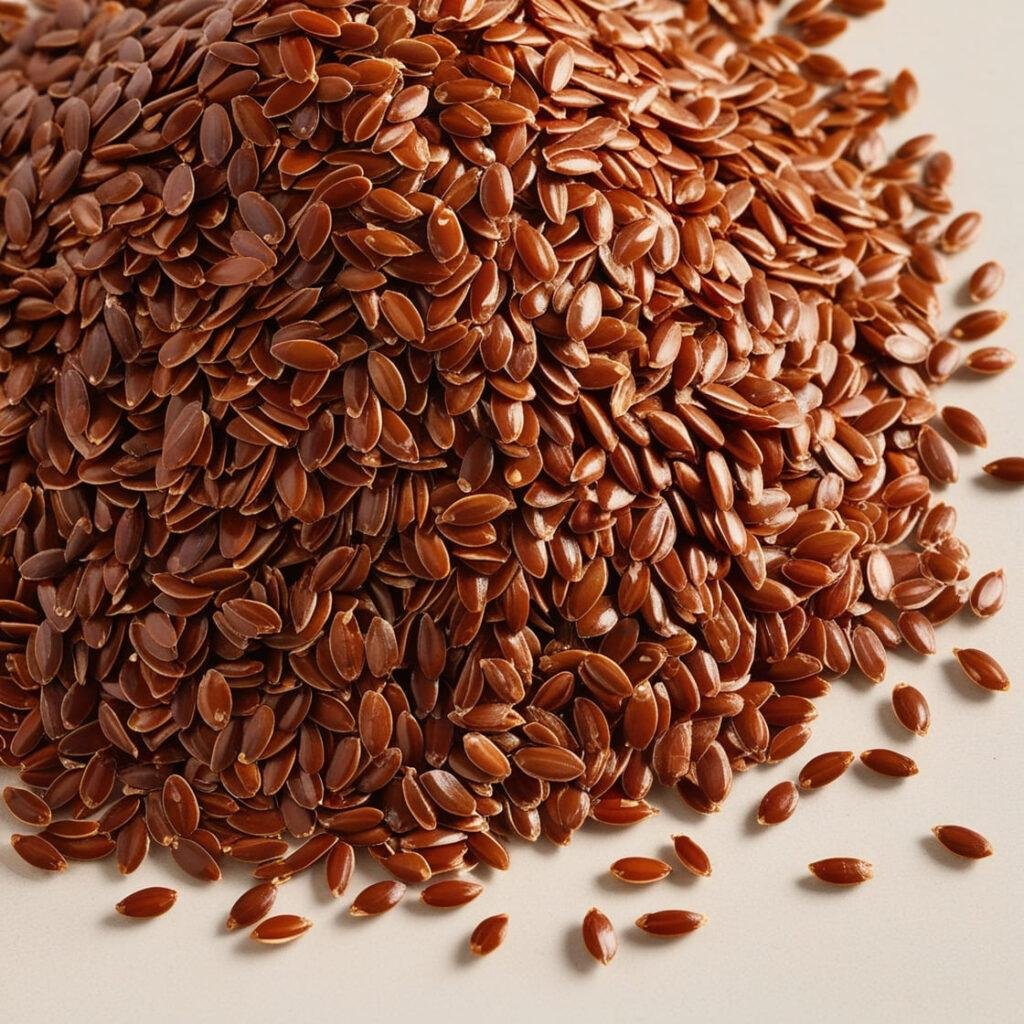
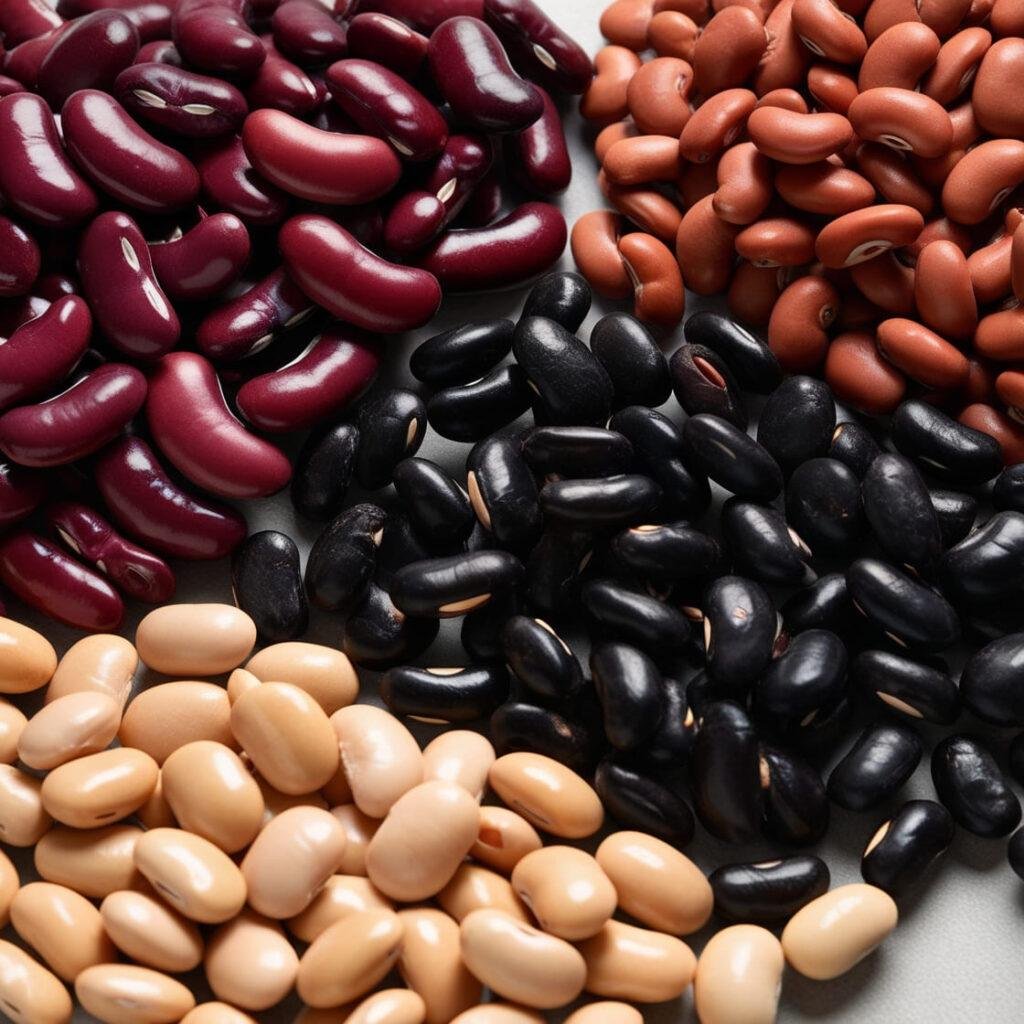
5. Beans (Kidney, Black, Pinto)
Beans are packed with soluble fiber, protein, and essential nutrients. They help regulate blood sugar levels and are known for their heart-healthy benefits.
How to Incorporate: Use beans in soups, stews, salads, or as a filling for wraps and tacos.
6. Lentils
Lentils provide a good amount of soluble fiber along with protein, iron, and folate, making them an excellent food for heart and digestive health.
How to Incorporate: Add lentils to soups, curries, salads, or use them in plant-based burgers for a fiber boost.
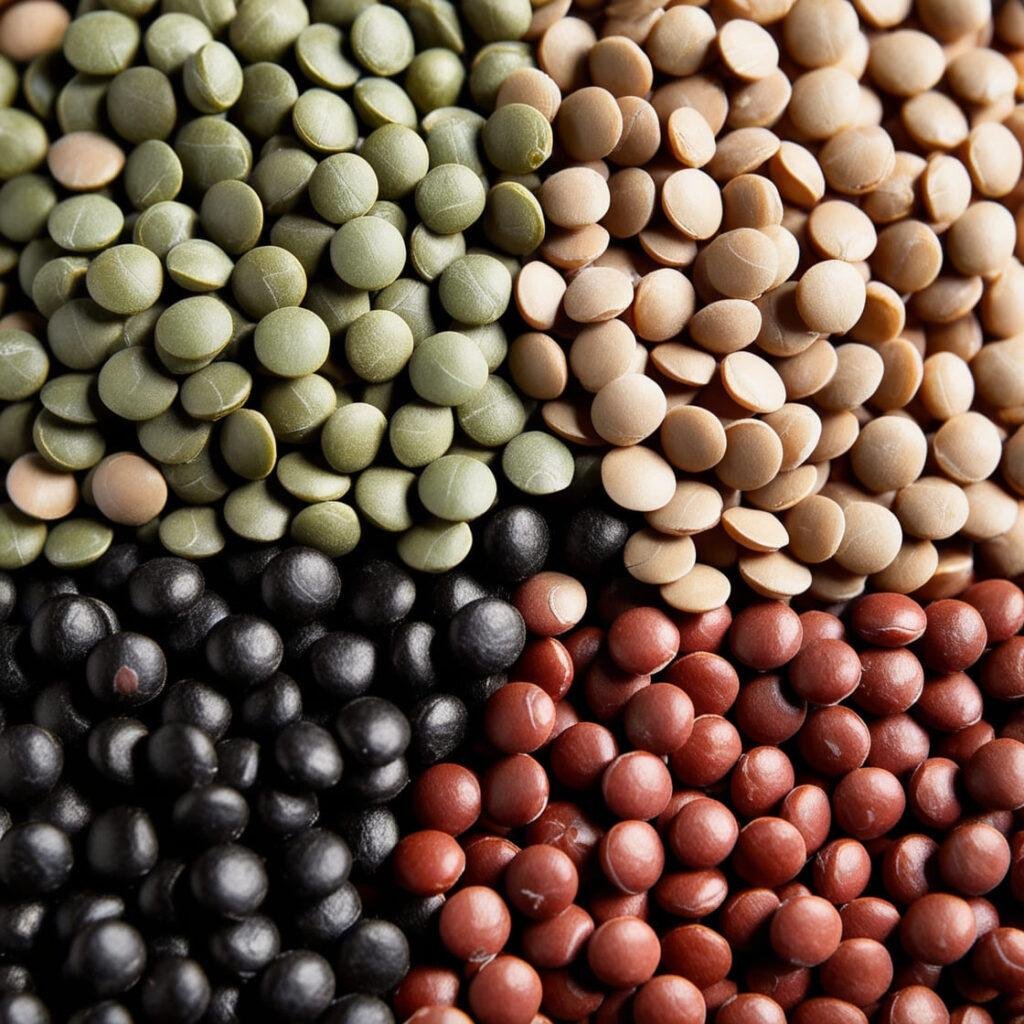
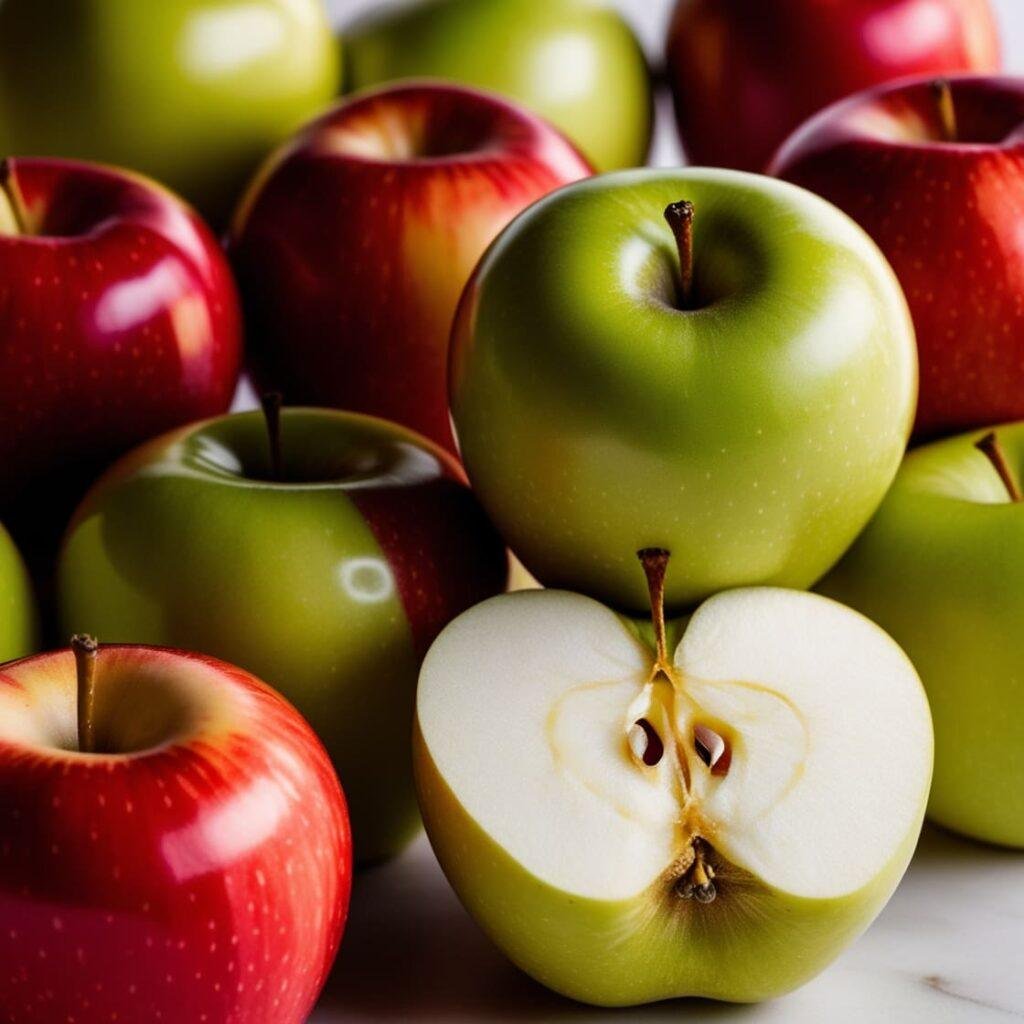
7. Apples
Apples contain pectin, a type of soluble fiber that supports gut health by feeding good bacteria. They’re also linked to lower cholesterol and blood sugar levels.
How to Incorporate: Enjoy apples as a snack, add them to salads, or bake them for a fiber-rich dessert.
8. Oranges
Oranges are not only rich in vitamin C but also provide soluble fiber, especially in the white pith. This fiber aids in digestion and supports immune health.
How to Incorporate: Eat oranges as a snack, add slices to salads, or blend into smoothies.
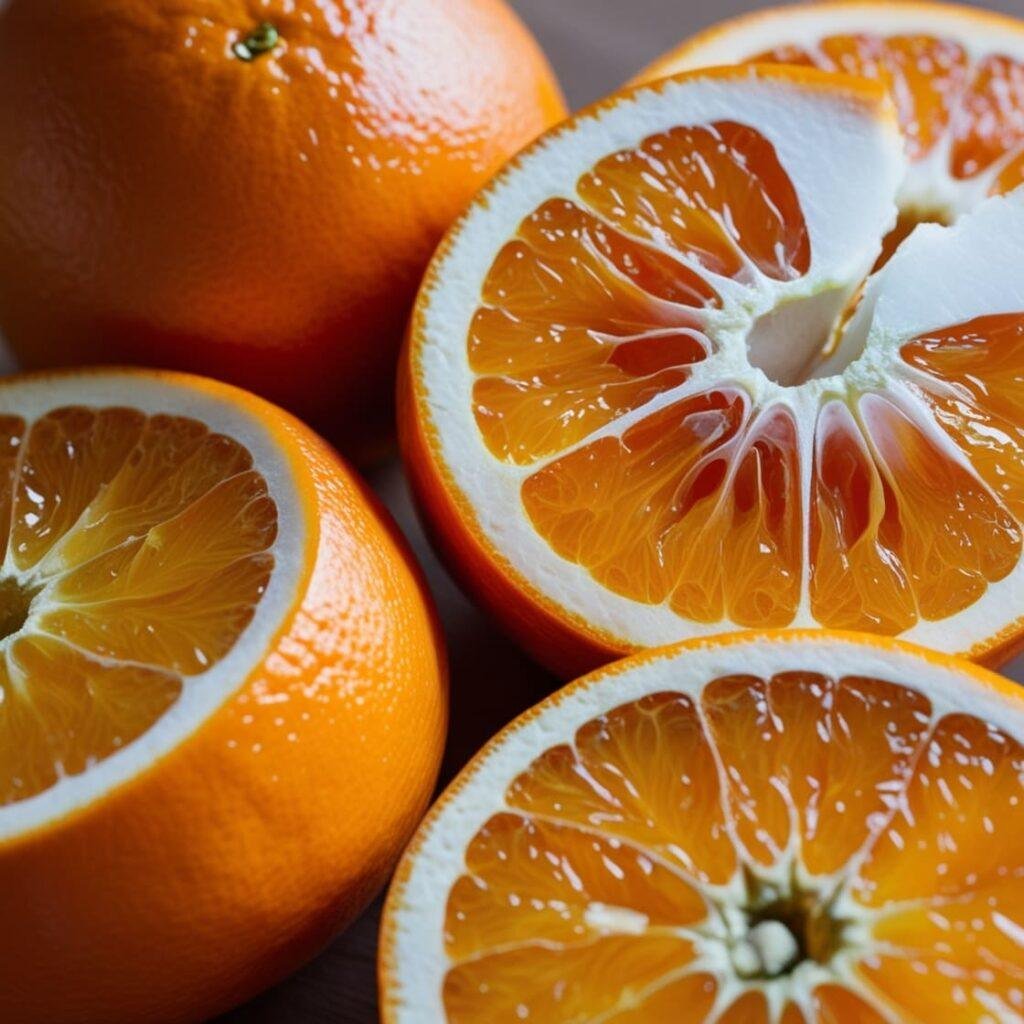
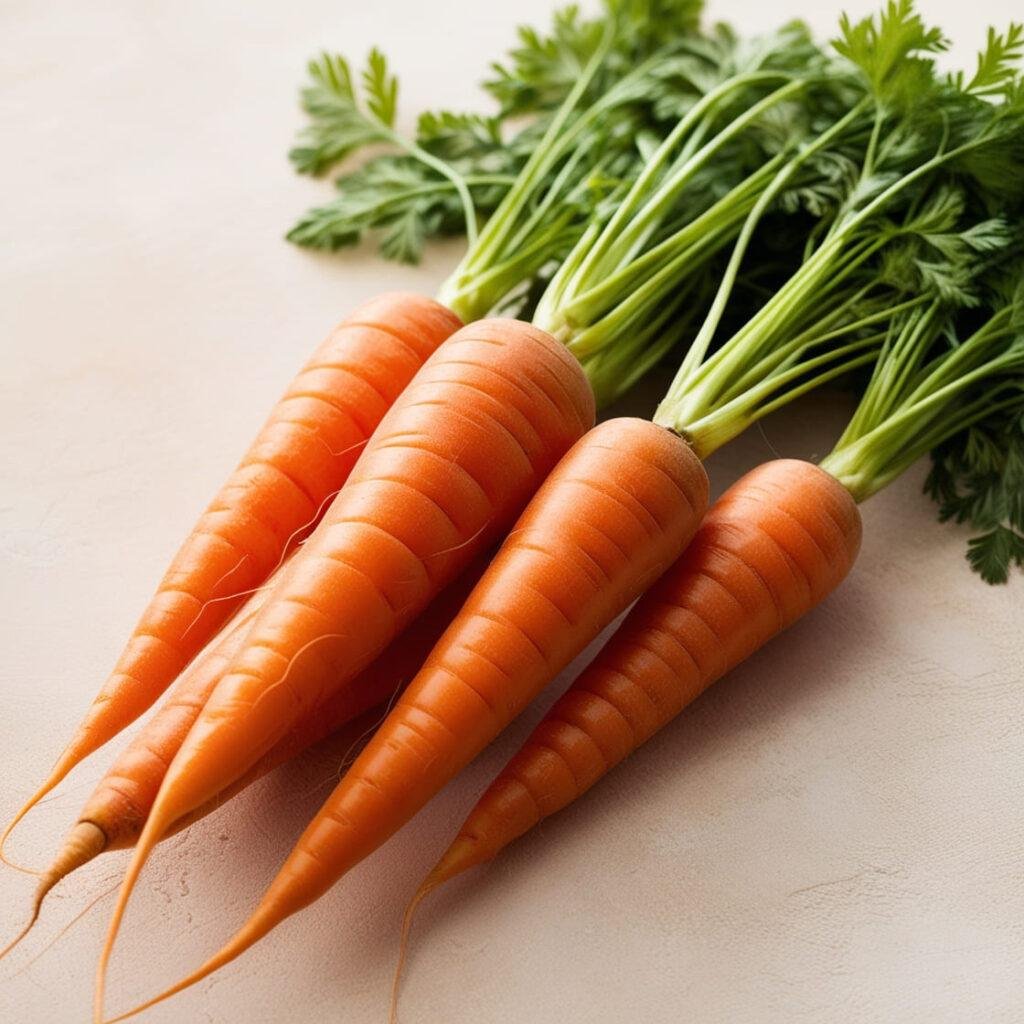
9. Carrots
Carrots are a low-calorie vegetable high in pectin, which helps improve gut health and stabilize blood sugar levels.
How to Incorporate: Enjoy raw carrots as a snack, roast them as a side dish, or blend them into soups.
10. Pears
Pears are another excellent source of pectin, supporting gut health and promoting feelings of fullness.
How to Incorporate: Eat pears as a snack, add them to salads, or bake them with spices for a delicious treat.
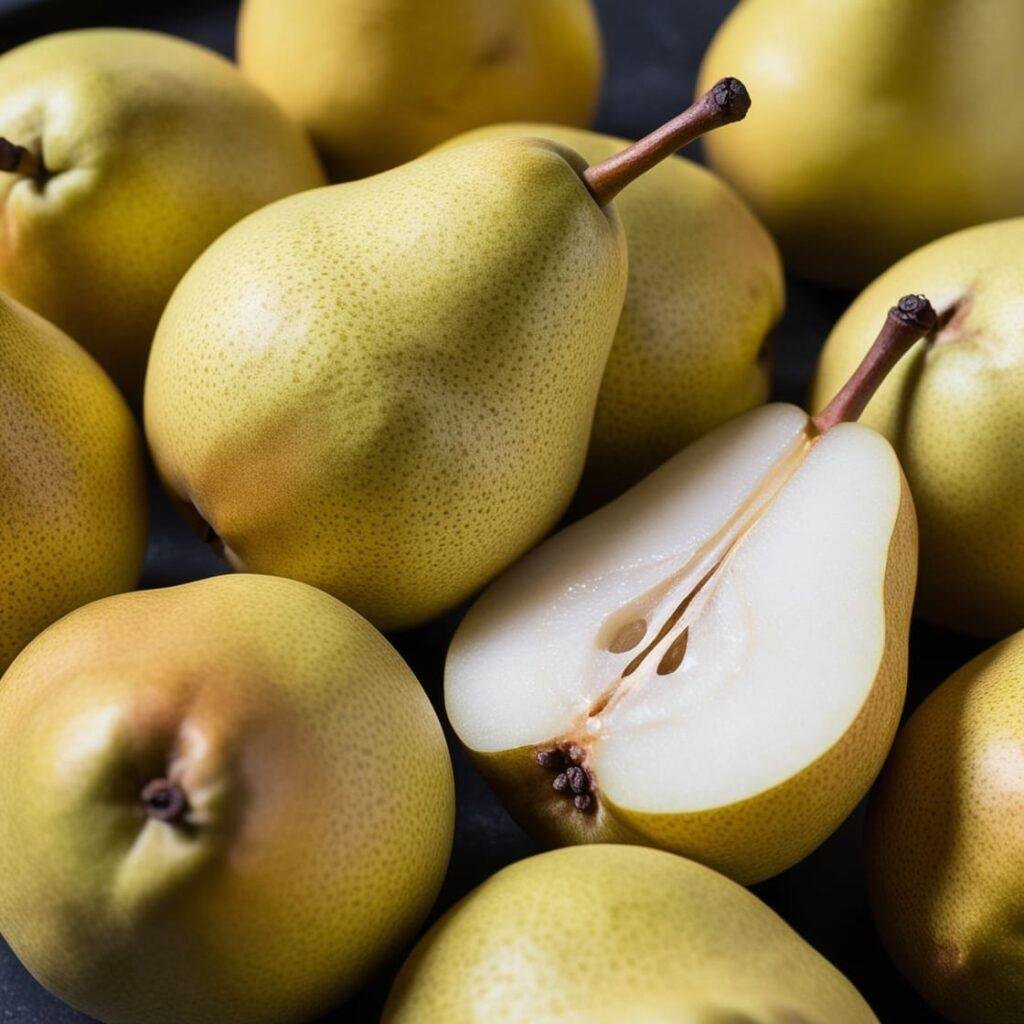
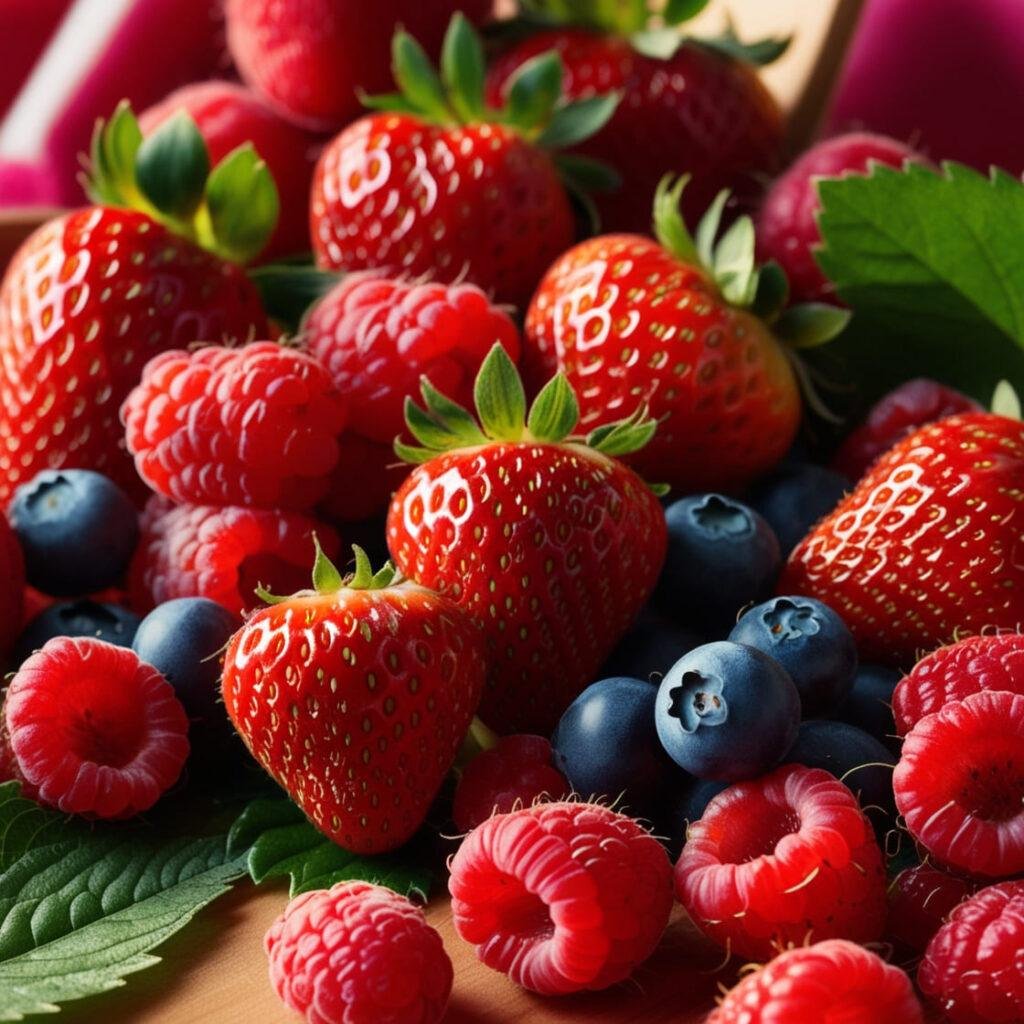
11. Berries (Strawberries, Raspberries)
Berries are not only packed with antioxidants but are also high in soluble fiber, which aids in digestion and promotes heart health.
How to Incorporate: Add berries to yogurt, oatmeal, or blend them into smoothies for a fiber boost.
12. Psyllium Husk
Psyllium husk is a potent source of soluble fiber, often used as a natural laxative. It helps regulate bowel movements and improves cholesterol levels.
How to Incorporate: Mix psyllium husk into water, juice, or add it to smoothies for easier digestion.
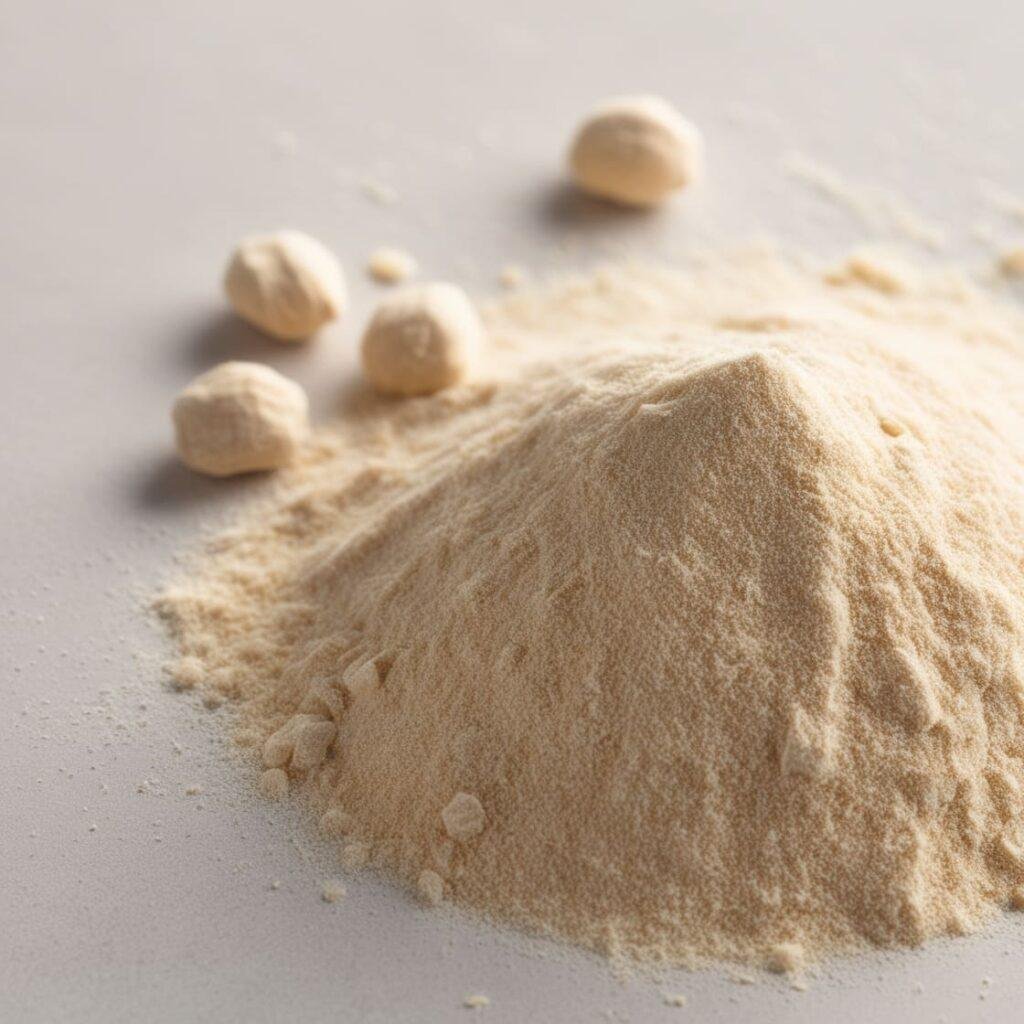
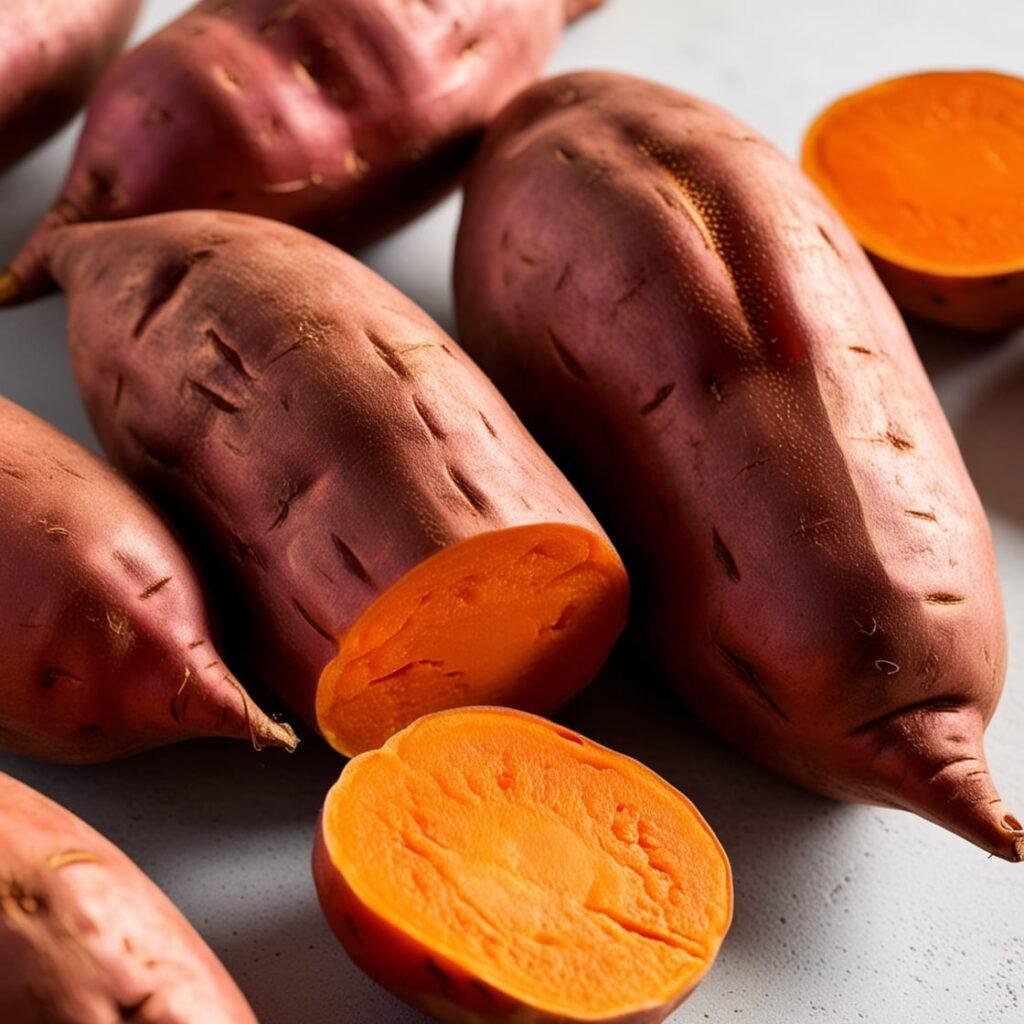
13. Sweet Potatoes
Sweet potatoes contain pectin, which helps with blood sugar control and supports digestive health.
How to Incorporate: Enjoy sweet potatoes roasted, mashed, or baked, and add them to soups or stews.
14. Nuts (Almonds, Walnuts)
Nuts provide a moderate amount of soluble fiber along with healthy fats, making them excellent for heart and brain health.
How to Incorporate: Add nuts to salads, snack on them, or blend into nut butter.
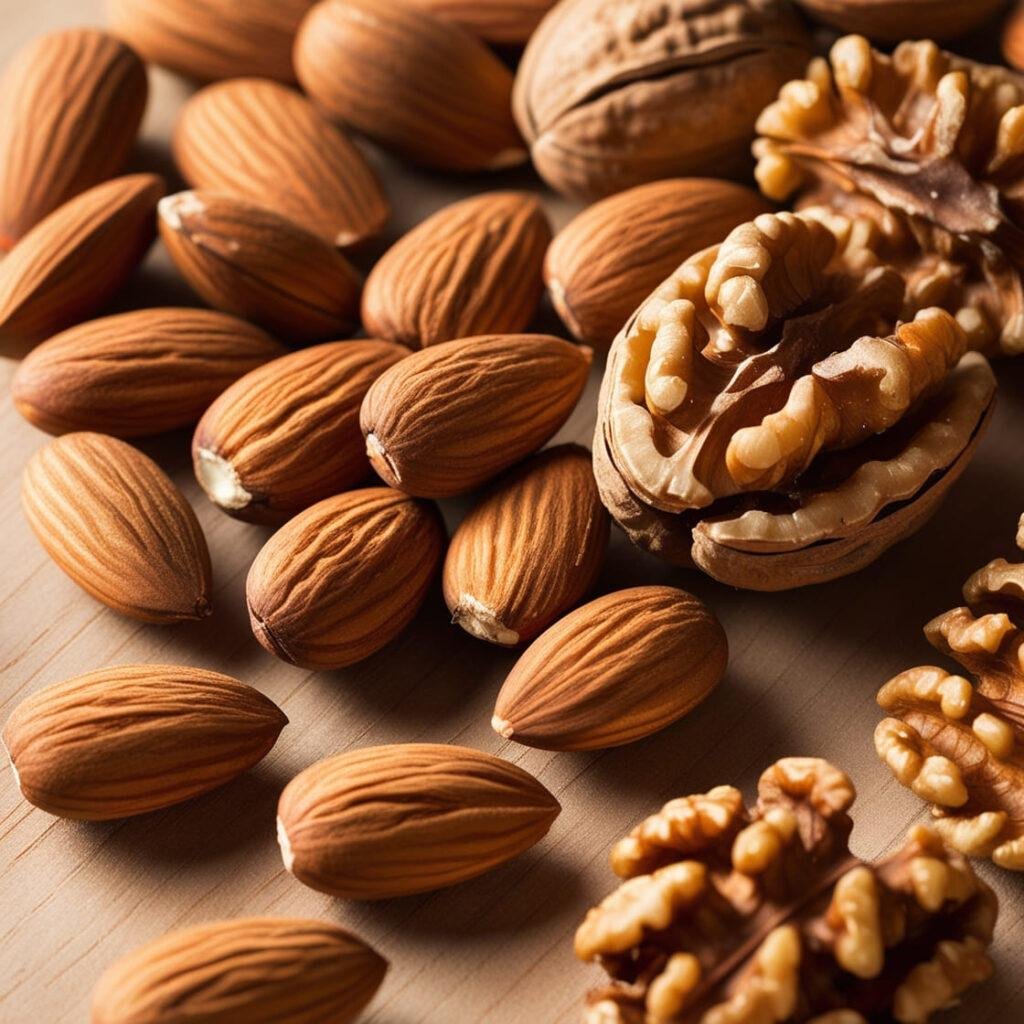
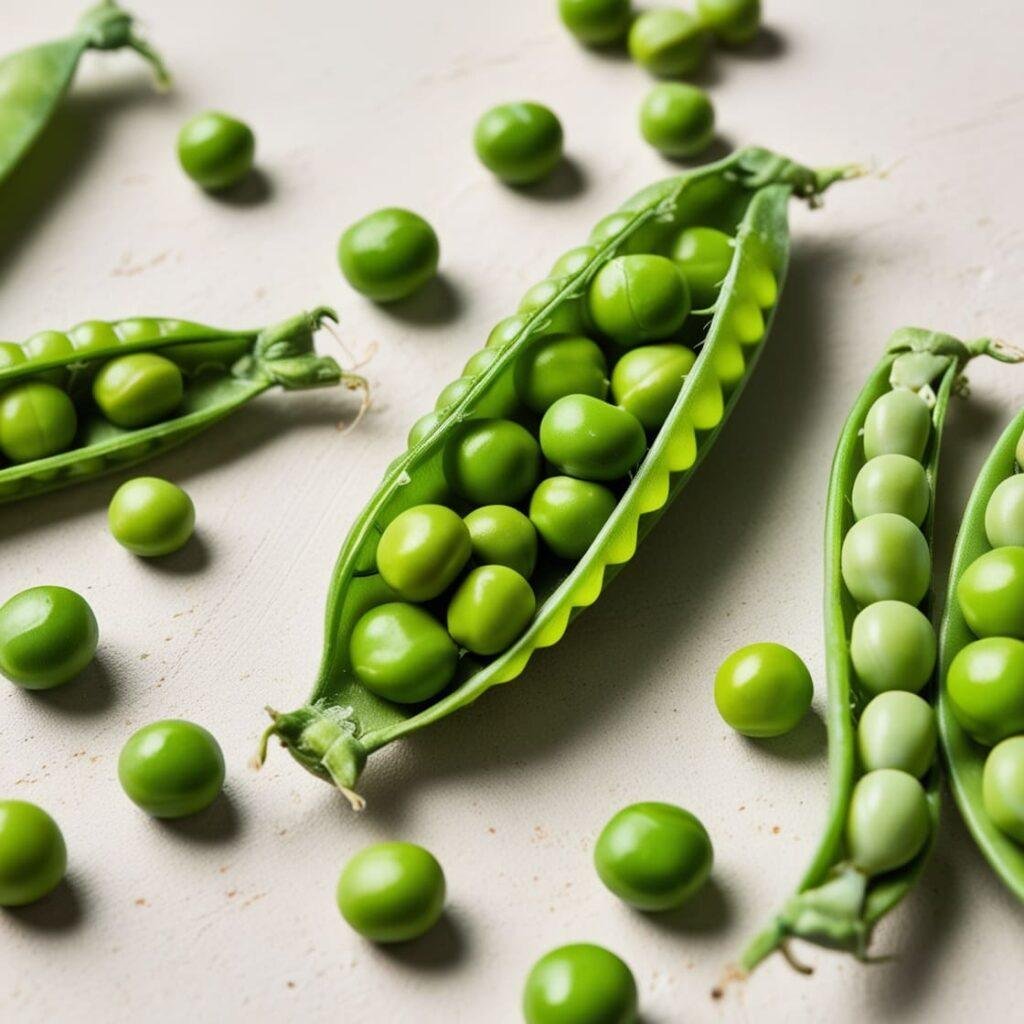
15. Peas
Peas are a nutritious legume rich in soluble fiber, vitamins, and minerals. They support blood sugar management and digestive health.
How to Incorporate: Add peas to salads, soups, stews, or enjoy them as a side dish.
16. Brussels Sprouts
Brussels sprouts are high in soluble fiber and antioxidants, which promote gut health and protect against oxidative stress.
How to Incorporate: Roast or steam Brussels sprouts for a side dish or add them to salads for a fiber boost.
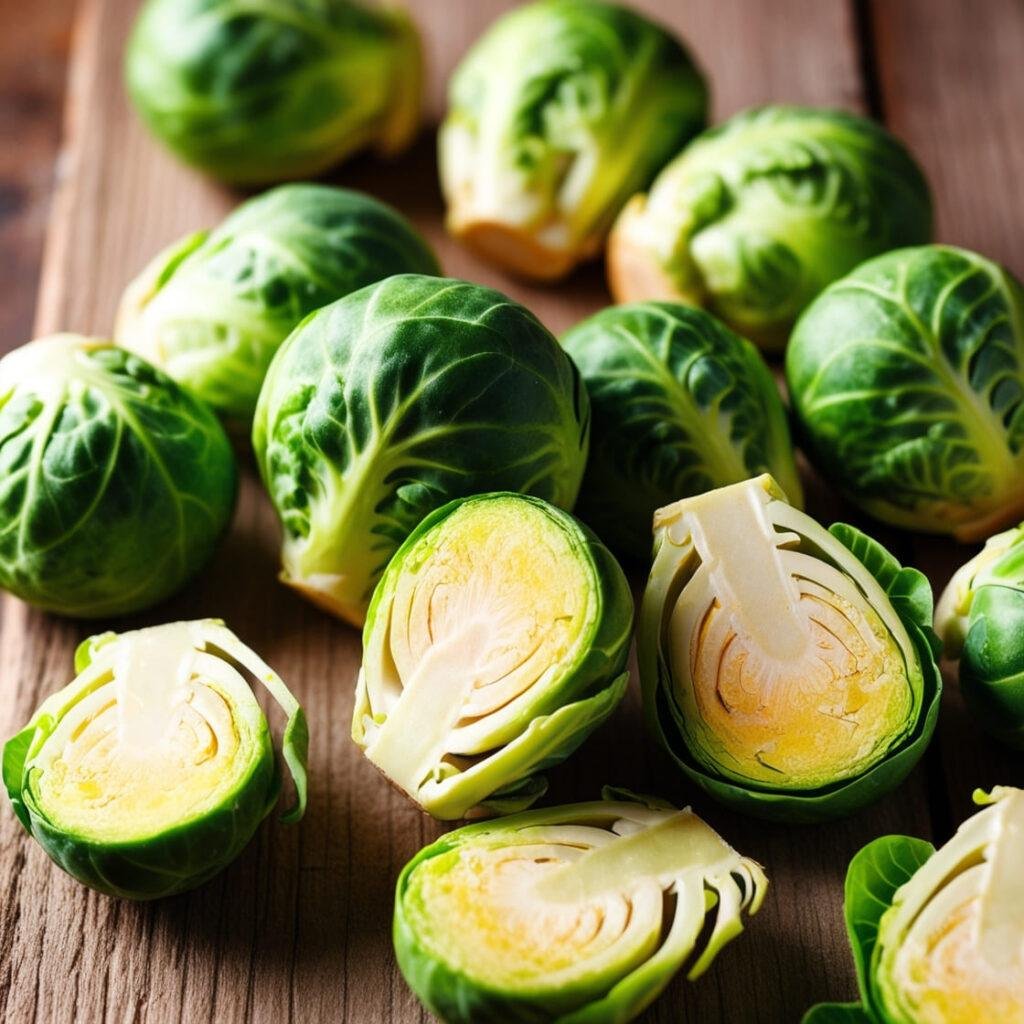
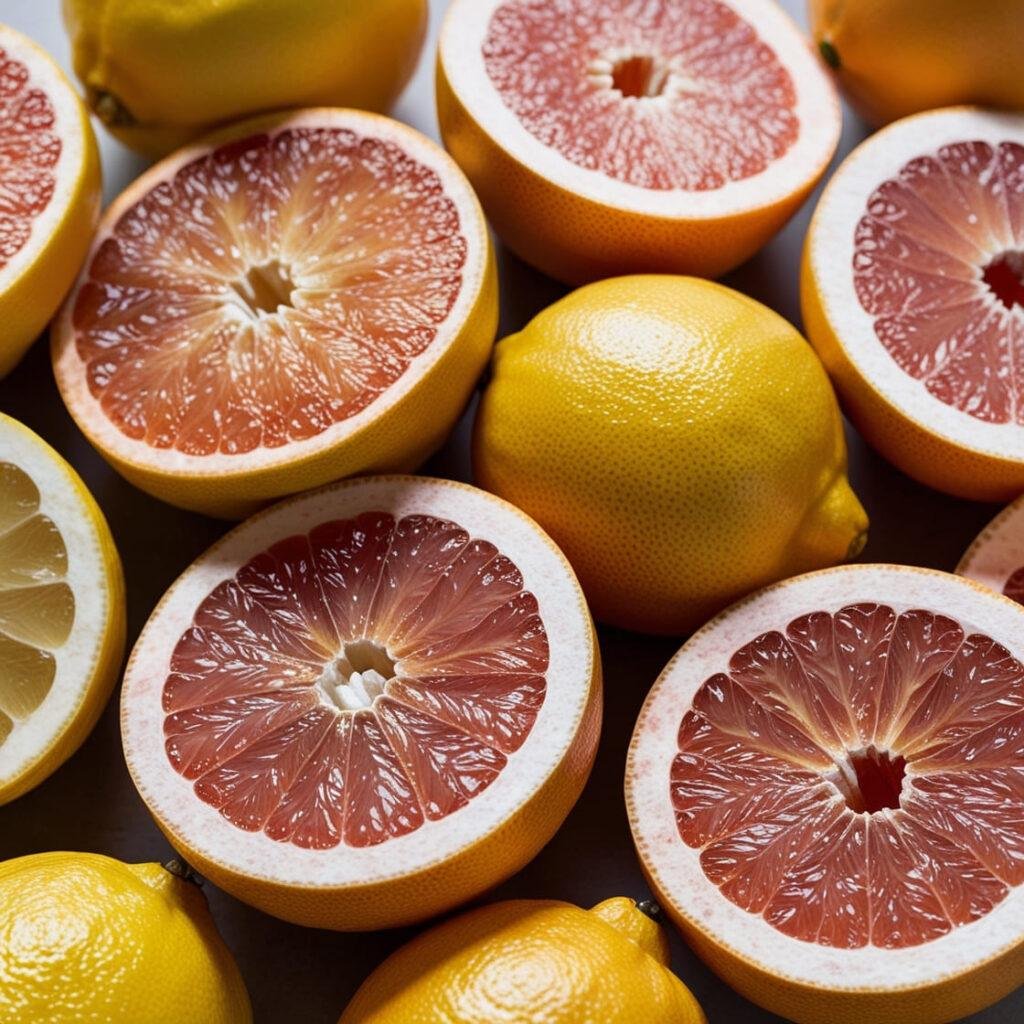
17. Citrus Fruits (Grapefruit, Lemons)
Citrus fruits are high in soluble fiber, especially in the pith. They support immune function and help reduce cholesterol.
How to Incorporate: Add citrus fruits to salads, smoothies, or squeeze the juice over meals for added flavor.
18. Avocado
Avocados contain soluble fiber along with healthy fats, which improve digestion and support heart health.
How to Incorporate: Add avocado to salads, smoothies, or make guacamole for a nutritious snack.
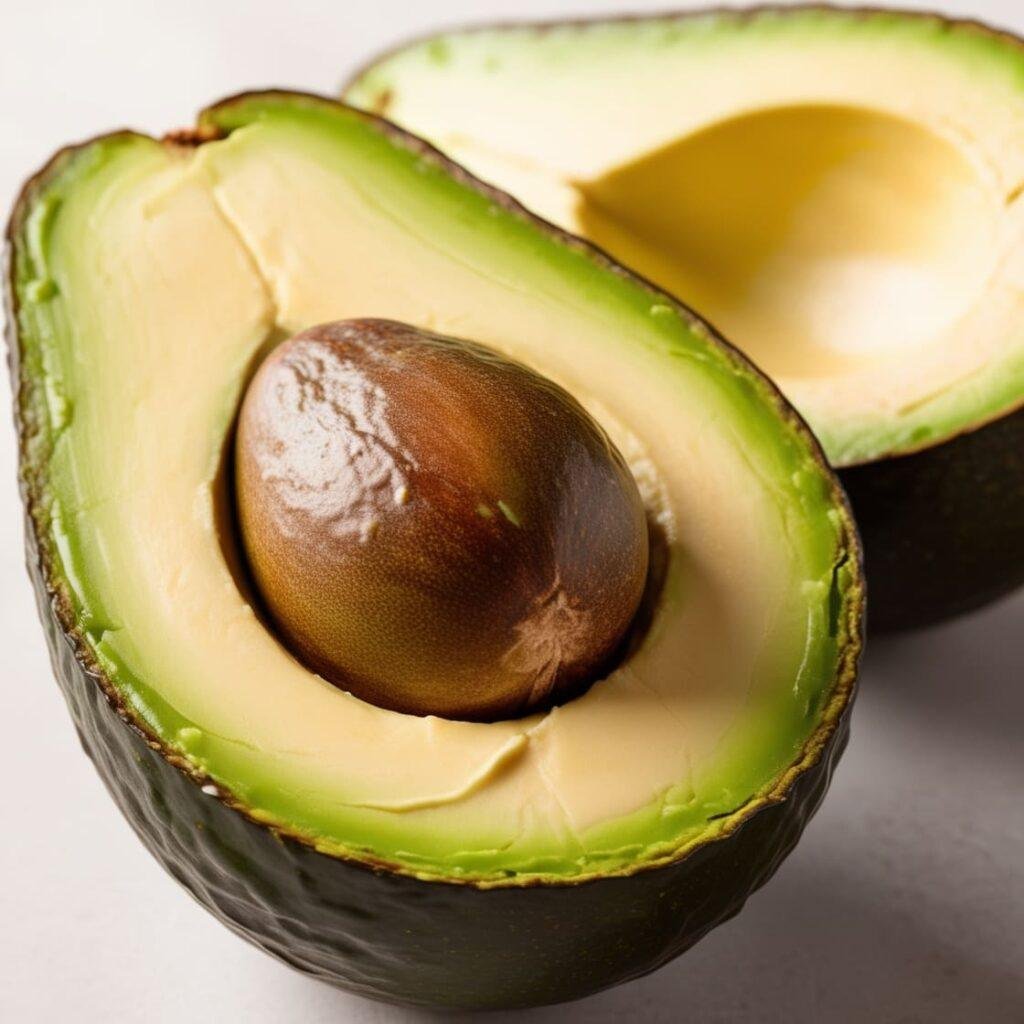
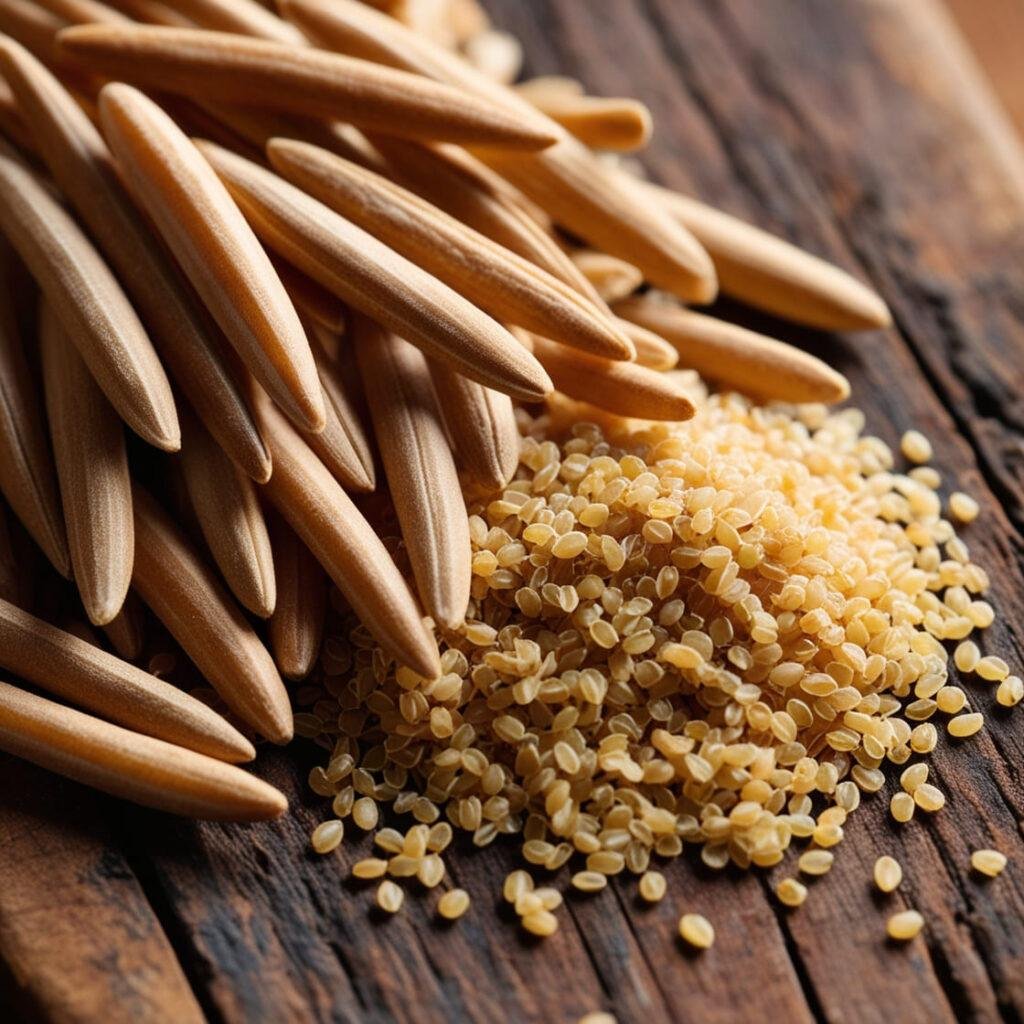
19. Whole Grains (Rye, Quinoa)
Whole grains are excellent sources of soluble fiber and nutrients that support digestive health and stabilize blood sugar.
How to Incorporate: Use whole grains in salads, soups, or as a base for grain bowls.
20. Kiwifruit
Kiwifruit is rich in pectin, helping to promote regular bowel movements and digestive health.
How to Incorporate: Eat kiwifruit as a snack, add to salads, or blend into smoothies.
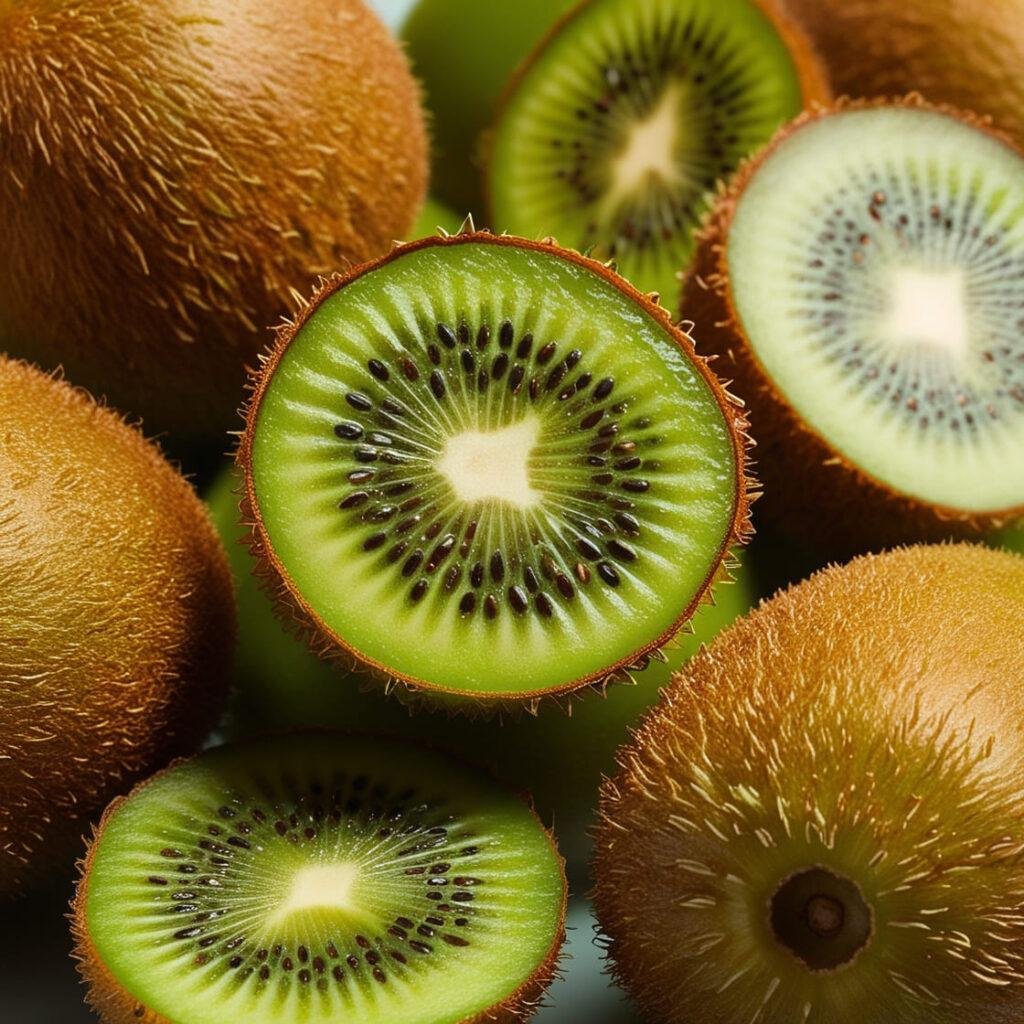
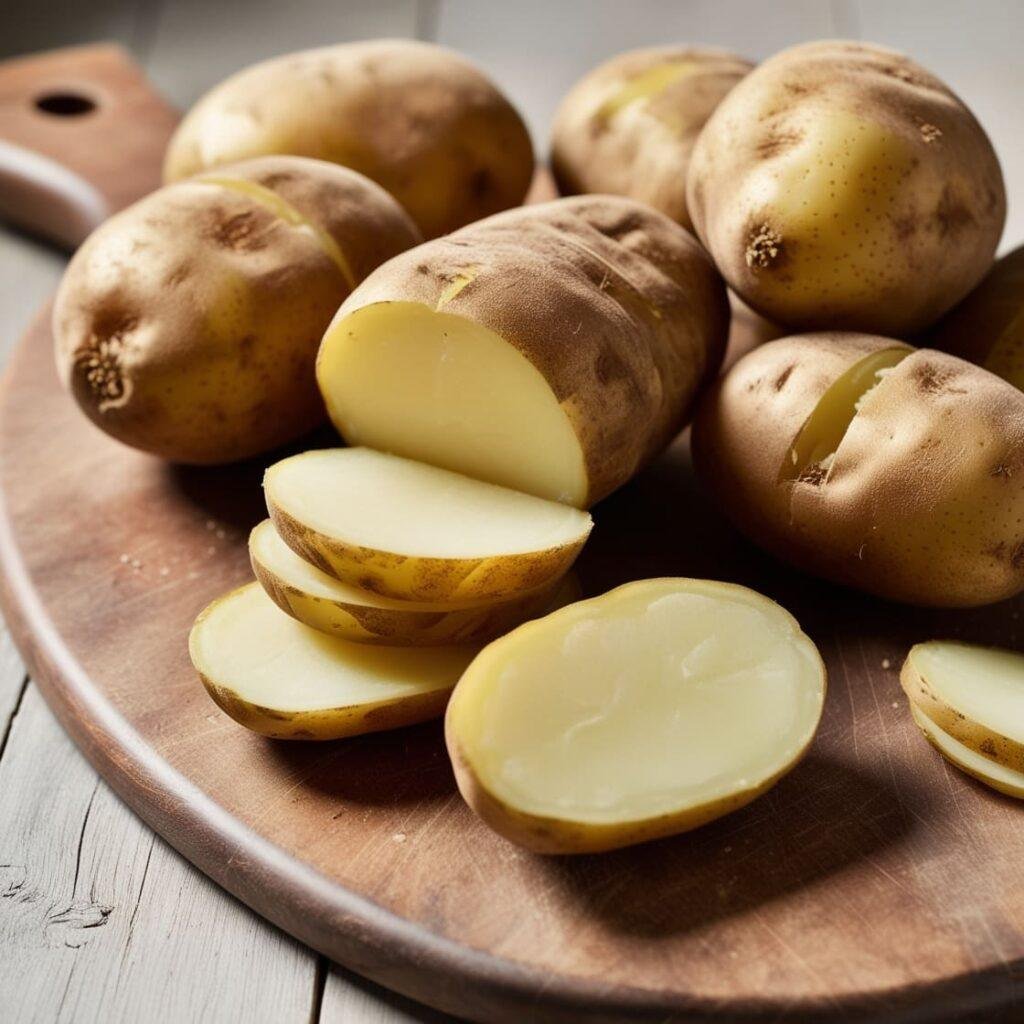
21. Potatoes (with skin)
Potatoes, especially with the skin on, provide a good amount of soluble fiber that helps promote satiety and gut health.
How to Incorporate: Bake, roast, or mash potatoes with the skin on for added fiber content.
Embracing Soluble Fiber Foods for Optimal Health
Adding these 21 soluble fiber foods to your diet is a powerful way to support your digestive system, improve cholesterol levels, and manage blood sugar. By incorporating more soluble fiber foods into each meal, you’re not only enhancing your gut health but also promoting better overall well-being.
Tips for Boosting Your Soluble Fiber Intake
Increasing your fiber intake doesn’t have to be overwhelming. Here are a few practical tips to help you include more of these beneficial foods in your everyday meals:
- Start Small and Build Up Gradually: Introducing too much fiber too quickly can cause digestive discomfort. Begin by adding one or two fiber-rich foods each week and increase gradually.
- Hydrate Well: Since soluble fiber absorbs water, it’s essential to stay hydrated to support healthy digestion and prevent constipation.
- Mix and Match Fiber Sources: Aim to consume a variety of soluble fiber foods from fruits, vegetables, grains, and legumes. This not only diversifies your fiber intake but also ensures you’re getting a broad range of nutrients.
- Experiment with Recipes: Look for creative ways to add soluble fiber to your meals, such as chia puddings, vegetable stews, and fruit-based smoothies.
The Role of Soluble Fiber Foods in a Balanced Diet
While soluble fiber foods have distinct health benefits, they work best when combined with other dietary fibers and nutrients in a balanced diet. Insoluble fiber, for example, complements soluble fiber by adding bulk to stool and promoting regular bowel movements. Balancing soluble fiber foods with other essential nutrients like healthy fats, proteins, and complex carbohydrates will yield the best results for digestion and overall health.
Final Thoughts: Small Changes for Big Health Gains
Incorporating soluble fiber foods into your diet is a simple yet impactful step toward a healthier lifestyle. From heart-healthy oats to nutrient-dense avocados, each of these foods brings unique benefits to the table. With a few small changes, you can support your body’s natural functions, boost your energy levels, and feel your best. Start today by adding one or two of these high-fiber foods to your meals and watch as these small steps lead to a healthier, more vibrant you.
Conclusion: Take Control of Your Health with Soluble Fiber
Incorporating soluble fiber-rich foods into your diet can have a profound impact on your overall health. By adding these 21 foods gradually and consistently, you’re not only supporting your digestive system but also promoting heart health, balanced blood sugar levels, and sustained energy.
Small dietary changes, like including a fiber-rich breakfast or a side of nutrient-dense vegetables, can go a long way in enhancing your quality of life. Begin today with a few simple additions, and discover the long-lasting benefits that soluble fiber can bring to your daily routine. For more insights on how fiber improves health, check out this resource from the NIH.
Frequently Asked Questions (FAQs) about Soluble Fiber Foods
What’s the difference between soluble and insoluble fiber?
Soluble fiber foods dissolve in water, forming a gel that helps lower cholesterol and stabilize blood sugar. Insoluble fiber adds bulk to stool, aiding in digestion and regular bowel movements.
How much soluble fiber should I consume daily?
Aim for 5-10 grams of soluble fiber foods as part of a daily fiber intake of 25-38 grams for adults.
Can soluble fiber foods help with weight management?
Yes, foods rich in soluble fiber promote fullness and slow digestion, supporting weight management.
Are there side effects of too much soluble fiber?
A sudden increase in soluble fiber foods can cause gas or bloating. Increase gradually and drink plenty of water.
Is soluble fiber safe for sensitive stomachs?
Generally, soluble fiber foods are gentler on sensitive stomachs compared to insoluble fiber, but consult a healthcare provider if needed.
Can I get enough soluble fiber from supplements?
While fiber supplements provide some benefits, whole foods high in soluble fiber offer additional nutrients and are preferred.
Does cooking reduce the fiber in soluble fiber foods?
Cooking may slightly reduce fiber content, but most benefits of soluble fiber foods remain intact.
How can I tell if a food is high in soluble fiber?
Common high-soluble fiber foods include oats, barley, beans, certain fruits (like apples), and vegetables (like carrots). Check nutrition labels for exact amounts.
